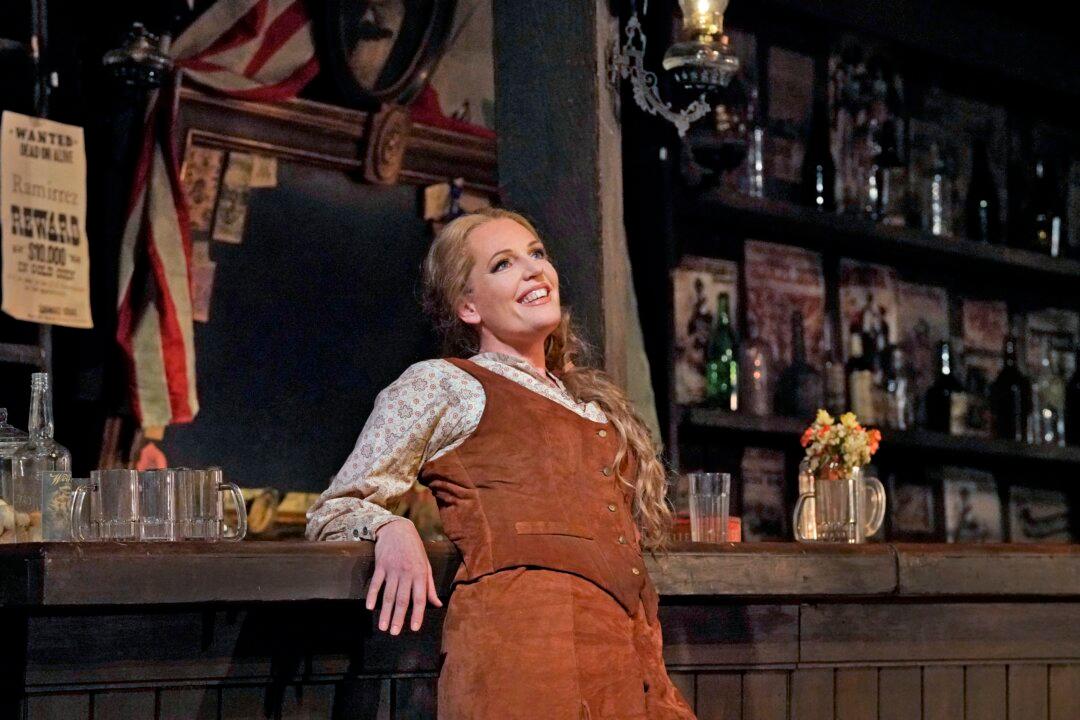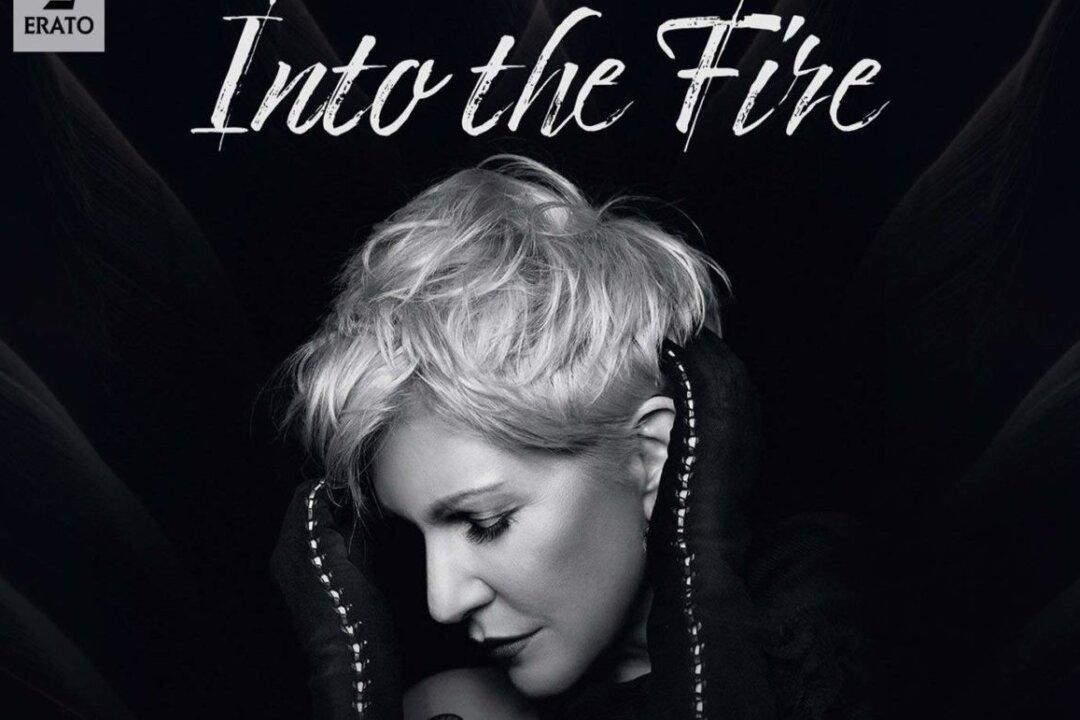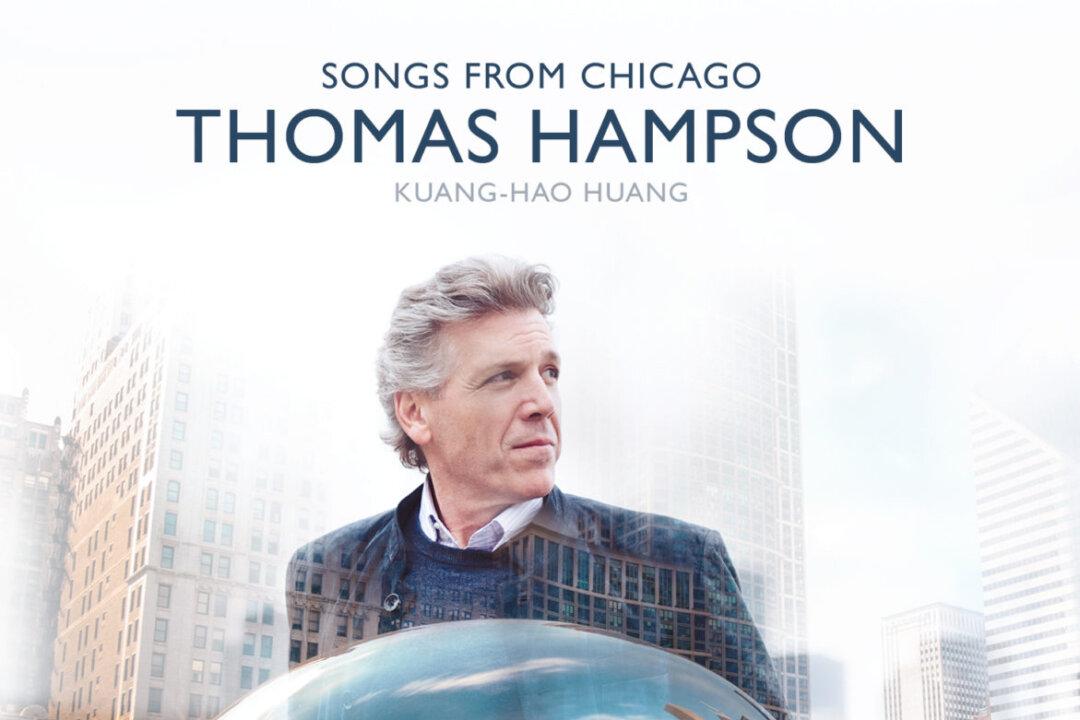NEW YORK—“La Fanciulla del West” (“The Girl of the Golden West”) had its splashy world premiere at The Metropolitan Opera in 1910 with Enrico Caruso, Emmy Destinn, and Pasquale Amato starring, and Arturo Toscanini conducting. Despite the powerhouse opening performance, the opera, though periodically revived at the Met, did not become one of Giacomo Puccini’s more popular works.
Puccini (1858–1924) was in attendance at the opening, as was David Belasco, who had written, designed, and directed the production. Puccini was an admirer of Broadway’s Belasco (1853–1931), whose highly popular works were known more for their style than their substance. Puccini first made an opera out of Belasco’s “Madame Butterfly.” Also impressed with Belasco’s Western drama, “The Girl of the Golden West,” he turned that into an opera as well.






